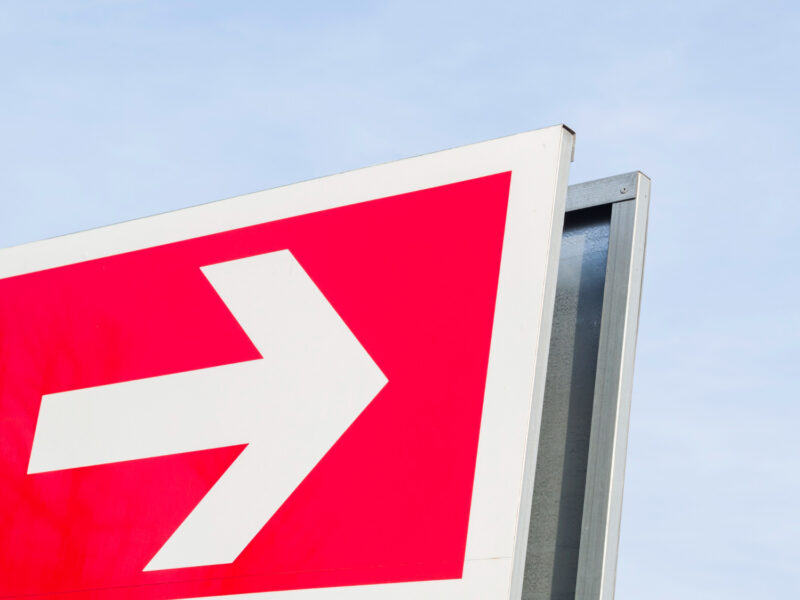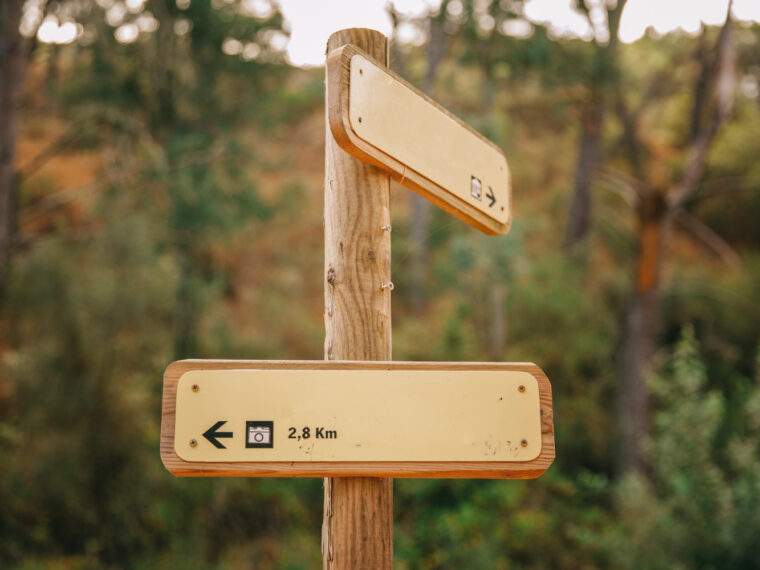The Role of Wayfinding in Spatial Experience
Wayfinding is a fundamental component of how individuals navigate and experience physical environments, especially in complex public and commercial spaces such as hospitals, airports, universities, and office complexes. More than just signage, wayfinding systems encompass spatial orientation, visual cues, and environmental coherence. Among the emerging disciplines shaping this field is SPMD environmental wayfinding design, which integrates strategic planning, design thinking, and spatial psychology to create seamless navigation experiences.
The Mnemonic Power of Custom Art in Spatial Navigation
Custom art curation has become a central strategy within environmental wayfinding. It adds aesthetic value while simultaneously enhancing functional clarity. When curated with intent, art can serve as a mnemonic device, helping visitors remember their routes and orient themselves intuitively within unfamiliar environments. Large murals, sculptural installations, and localized artwork not only beautify a space but also provide reference points that assist in spatial recognition and recall.
In settings such as healthcare institutions or corporate headquarters, curated art becomes part of the site’s identity and user experience. By blending cultural context, local artistry, and organizational branding, custom artwork reinforces navigational zones, such as elevator lobbies or departmental corridors, without relying solely on textual signage. This fosters a multisensory and emotionally layered experience, enabling visitors to interact with the space in a deeply immersive and meaningful manner.
Balancing Function and Aesthetics
Designers grapple with the intricate task of reconciling artistic expression with functional navigational efficacy. A successful integration requires collaboration between wayfinding strategists, curators, and local artists. Each piece must not only resonate with the architectural character but also serve the cognitive purpose of directing foot traffic or anchoring spatial memory.
Color theory, scale, and thematic cohesion play significant roles in this process. For instance, art curated with a warm color palette might be used to designate social or communal spaces, while cooler tones can indicate quiet or introspective areas. Likewise, the use of recurring motifs or styles across different areas can indicate directional transitions or boundaries between zones.

Psychological and Cultural Considerations
Environmental psychology underscores the importance of emotional comfort in unfamiliar or high-stress settings. When curated with cultural nuance and emotional depth, custom art possesses the capacity to humanize expansive environments and mitigate sensations of disorientation or estrangement. Hospitals, for example, often use regionally inspired artwork to connect patients and families to a familiar visual language, which improves overall satisfaction and reduces navigational anxiety.
Additionally, art offers an inclusive way to guide diverse user groups, including those with language barriers or cognitive impairments. Through non-verbal visual storytelling, artwork transcends linguistic limits and becomes a universal language of place-making and direction.
Sustainability and Long-Term Impact
Beyond the immediate user experience, curated art in environmental wayfinding has long-term implications for sustainability and community engagement. Commissioning local artists promotes regional creative economies and fosters a sense of place ownership. Durable materials and site-specific works also contribute to reduced maintenance costs and environmental impact, particularly when art is designed with longevity and modularity in mind.
Public feedback is another dimension increasingly considered in long-term planning. Community input on art themes, cultural representation, and visual identity can significantly influence how a wayfinding system evolves and is accepted over time.
Conclusion
The integration of custom art curation within SPMD environmental wayfinding design marks a shift toward holistic, human-centered spatial strategies. By using curated art not just as decoration but as a navigational and psychological tool, designers enhance spatial usability, community connection, and visual storytelling. As spaces become more dynamic and diverse, the role of art in guiding, grounding, and engaging users will continue to grow as a defining feature of next-generation wayfinding systems.

